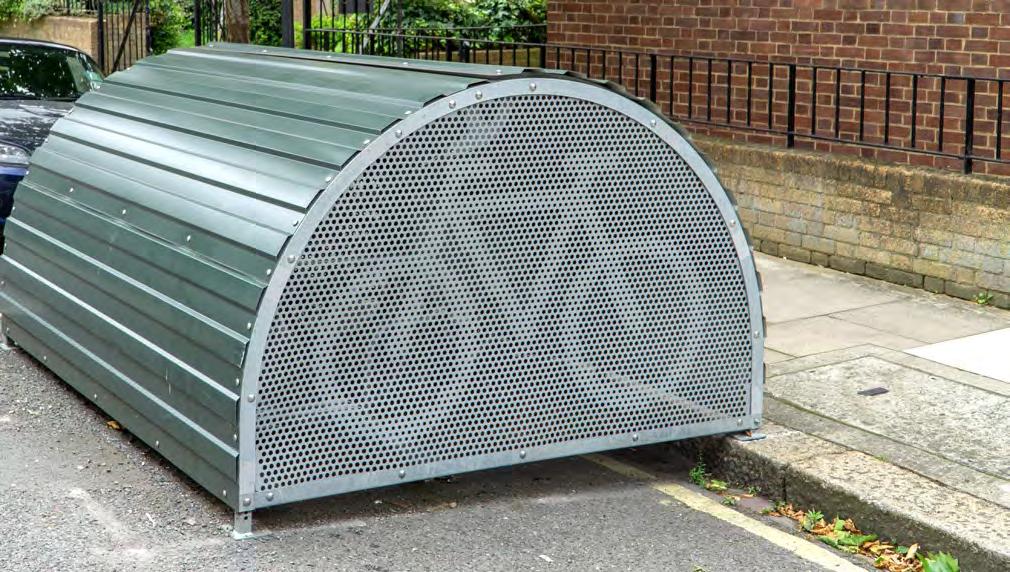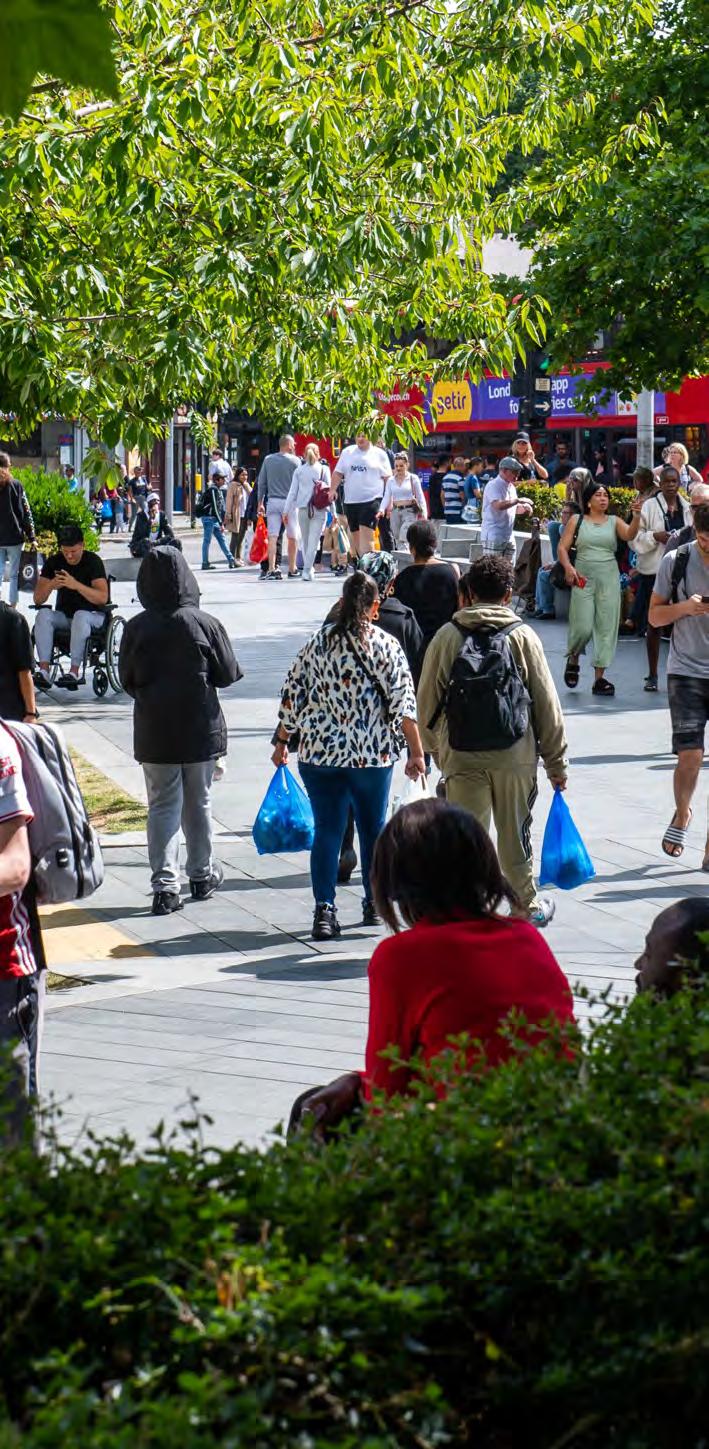




The Royal Borough of Greenwich is committed to creating a greener, safer and more sustainable borough. As part of this, our Sustainable Streets programme aims to reduce car journeys and encourage more people to walk, cycle or use public transport to reduce air pollution and traffic and improve road safety.
We want to create streets that make better use of our existing road space and pavements. This could involve a range of measures to improve the local street scene, such as improved parking management so parking is prioritised for residents and businesses, safer crossing points, electric vehicle charge points, secure cycle parking, and car club bays.
We would like to know what you think the local traffic and parking issues are and what you think would make your street more sustainable. Your input is important to ensure Sustainable Streets meets your priorities. We will use the information you provide to develop more detailed potential designs that you will have another opportunity to comment on.
• Car club bays
• Cycle hire schemes
• Double yellow lines at all junctions
• Elec tric vehicle charging points
• Street trees
• Planting to absorb surface water
• Review of parking
• Safer crossing points
• Secure cycle parking

We want to hear from everyone who lives or works in the area about where they experience issues, how they travel round the borough and what sustainable measures they would like to see on their street and the area as a whole.
We want to understand the current issues and get your ideas for measures that would make your streets safer and more sustainable.
We also want to make the area safer and more attractive for people walking and cycling. This could include secure cycle parking, planting new trees or installing more electric vehicle charging points to help people to switch to cleaner vehicles.
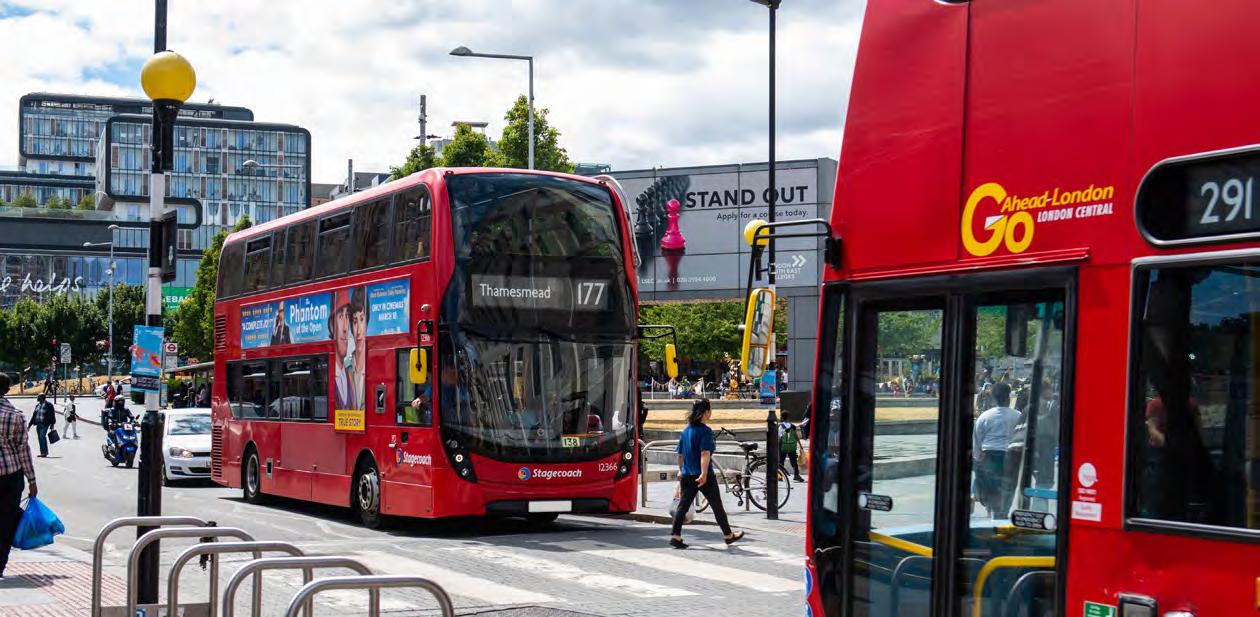
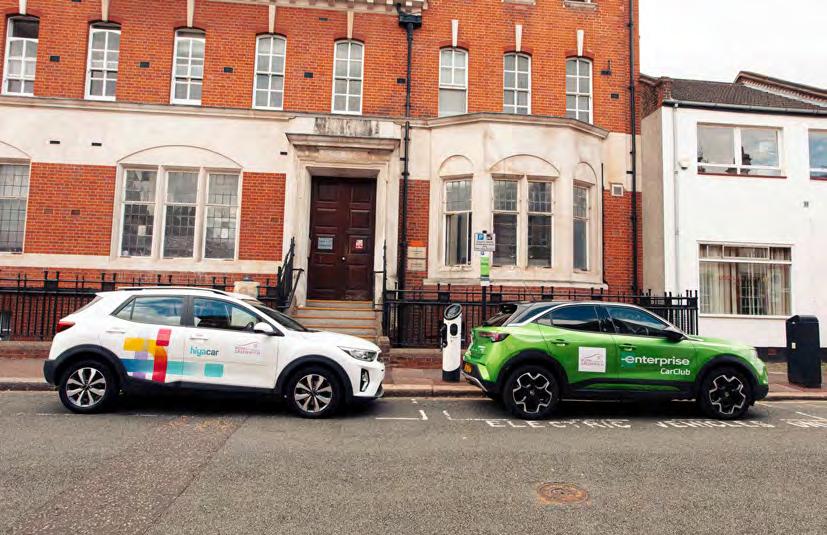
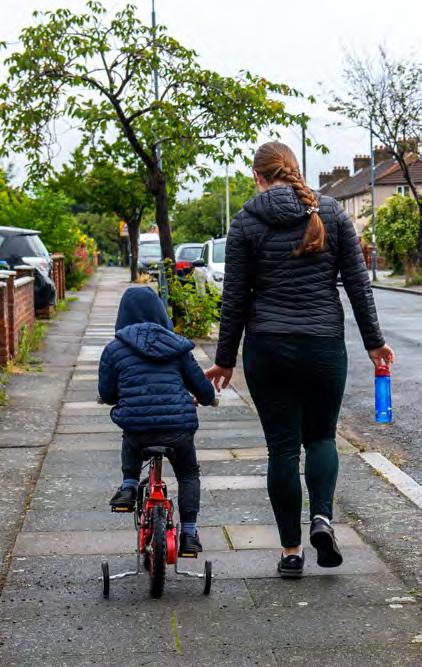
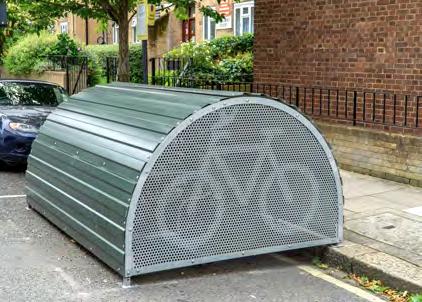
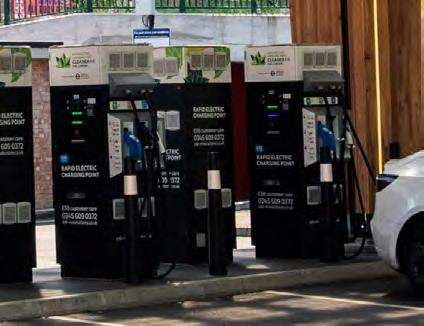
To read more of our frequently asked questions visit: royalgreenwich.gov.uk/sustainable-streets
Trees reduce solar radiation, heat, carbon dioxide (CO2) levels, and noise pollution. Tree canopies absorb CO2 and act as sound barriers, reducing traffic noise and reducing overall noise pollution from some of the traffic.
We can make crossings safer by making them narrower, which will encourage people driving to slow down and make it easier to see people crossing and approaching traffic. This will make crossing the street safer.
The introduction of double yellow lines will keep junctions and crossing areas clear of parked vehicles, helping to make everyone using our roads safer.
Permit parking schemes help to ensure residents can park near to their home and protect parking for local businesses. Area-wide approaches are used to reduce pressures, minimising the risk of pushing non-residential parking onto nearby roads.
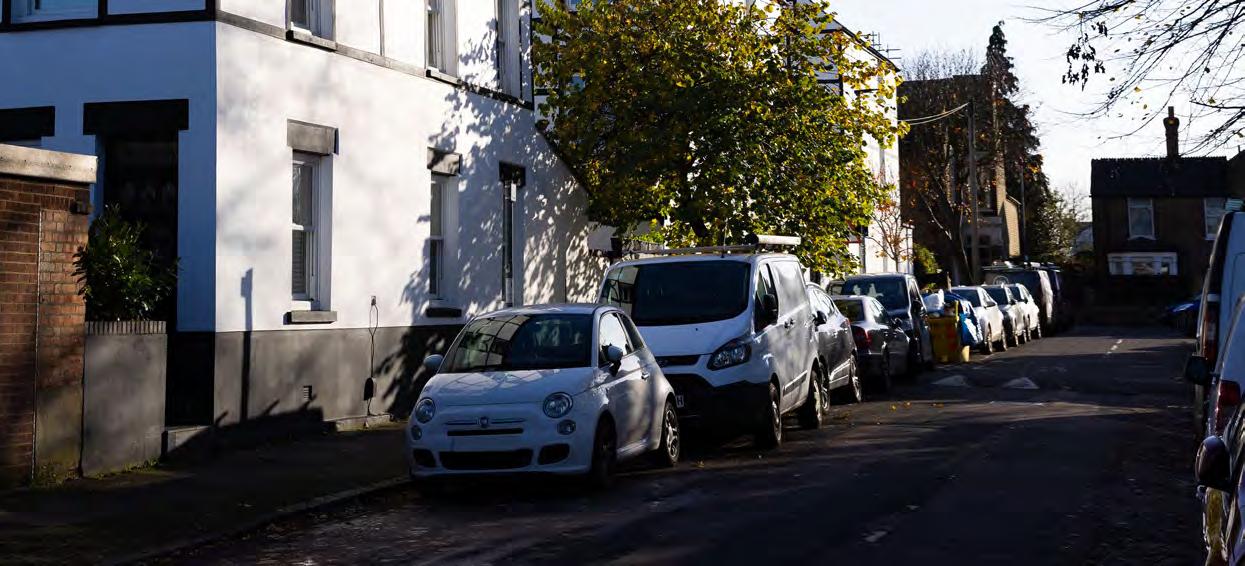
If permit parking is introduced on my street, will people still be able to visit me by car?
Yes - anyone can still drive to a home or business in areas with a parking permit scheme.
Visitors can park in areas with a parking permit scheme, free of charge, outside the hours of operation. During permit hours, visitors have the option of using short-term paid for parking bays that we plan to introduce on most roads, or use a visitor permit provided by a resident.
Residents and businesses with a parking permit receive ten free one-hour visitor permits, with additional permits available for a fee.
Visitor permits and paid for parking bays can be used by tradespeople when needed.
Walking and cycling are good for local high streets. People who walk and cycle visit their high streets more often as their journeys can be made without having to think about parking or traffic.
Public realm improvements help to increase footfall and retails sales. Shoppers who walk to the high street tend to visit more shops and stay longer.
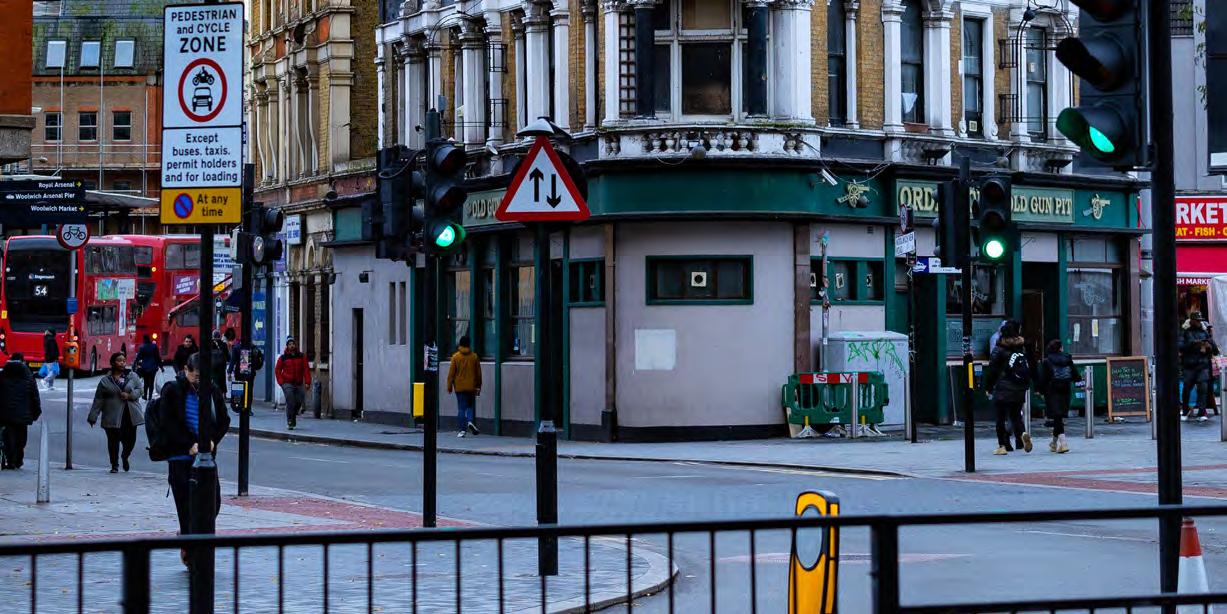
We want to hear from residents, businesses and community groups to get your views. We will use the information you provide to develop more detailed potential designs that you will have another opportunity to comment on.
You can give your feedback in a number of different ways:
• online at royalgreenwich.gov.uk/sustainable-streets
• fill in this booklet and return it to library staff or post it to: Royal Borough of Greenwich, Transport team, Woolwich Centre, 35 Wellington Street, Woolwich, London SE18 6HQ
Share your views by Wednesday 19 March at 5pm.
If you have questions or need this information in another language or format, please email parking-design@royalgreenwich.gov.uk
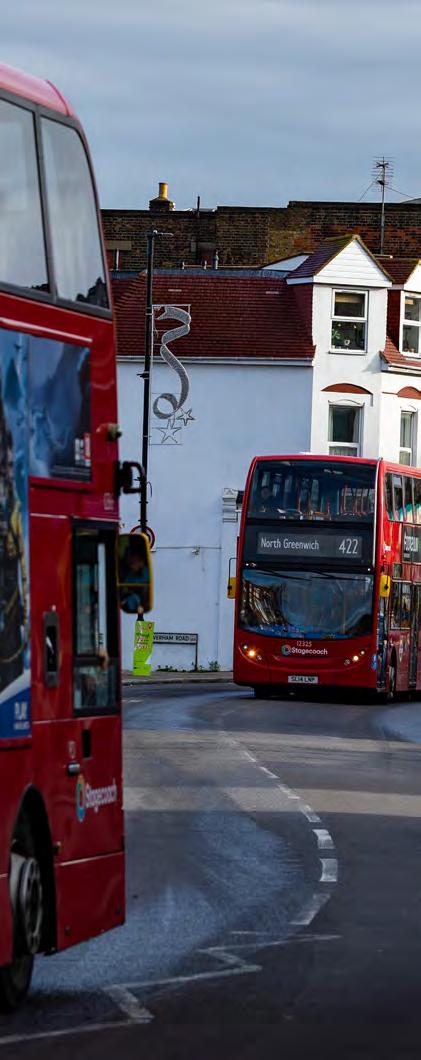
We understand that listening to our communities is essential for making good decisions about services and plans for the borough. However, acting on community feedback isn’t always simple, and sometimes the council’s decisions may not fully reflect what the community has shared. Even so, we aim to be clear about when and why such difficult decisions are made to build a borough that benefits everyone.
Community engagements assist the council in gathering an understanding of specific projects, schemes, policy and service changes. It often involves the community taking part and sharing non-binding feedback. We will develop a scheme based on the feedback we receive from the engagement.
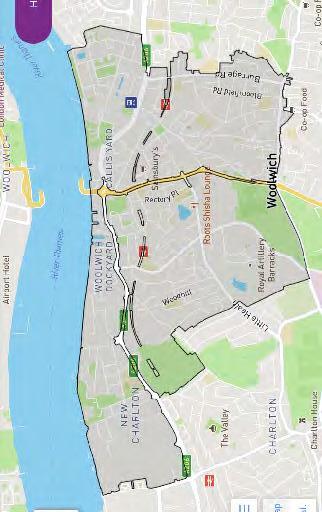
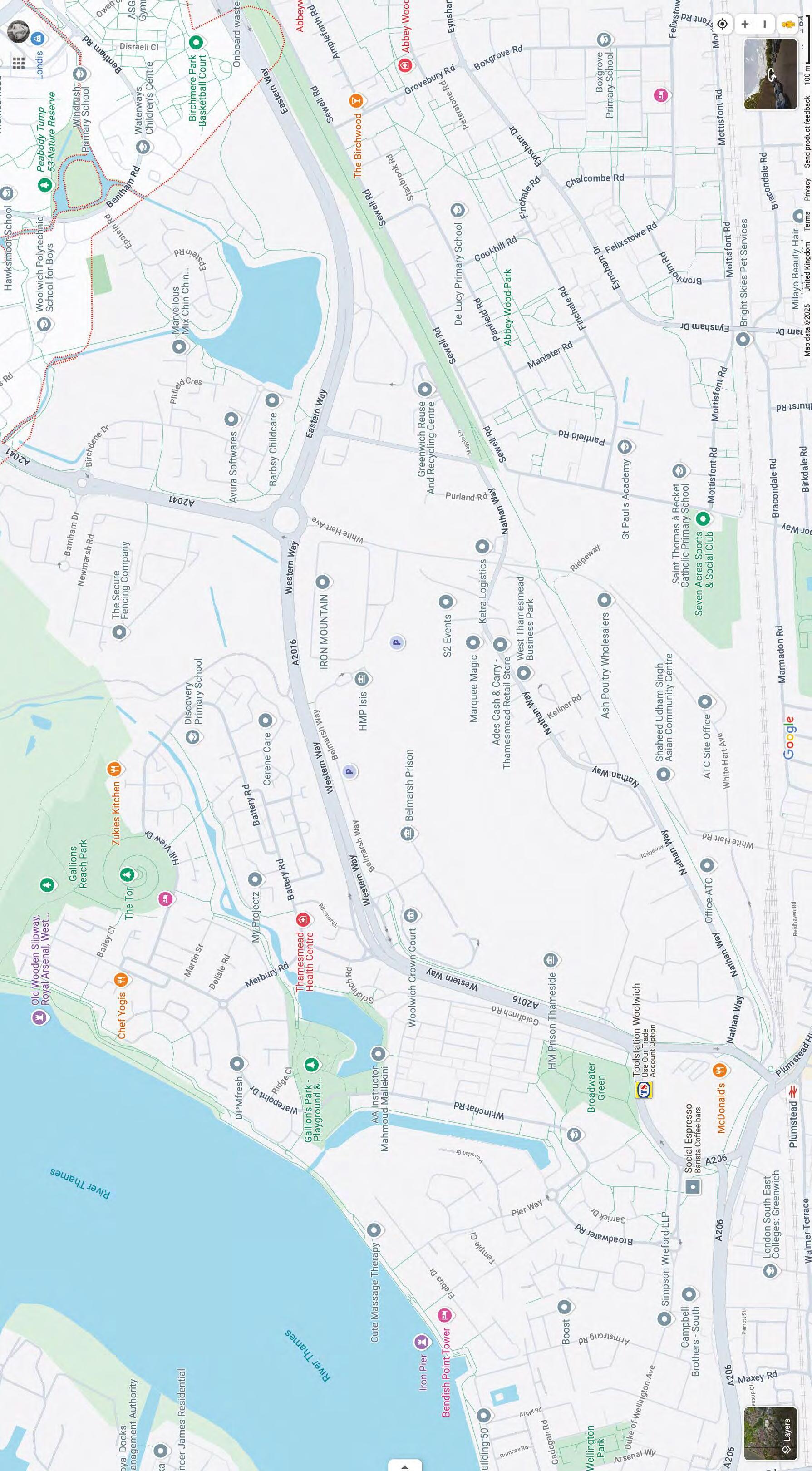
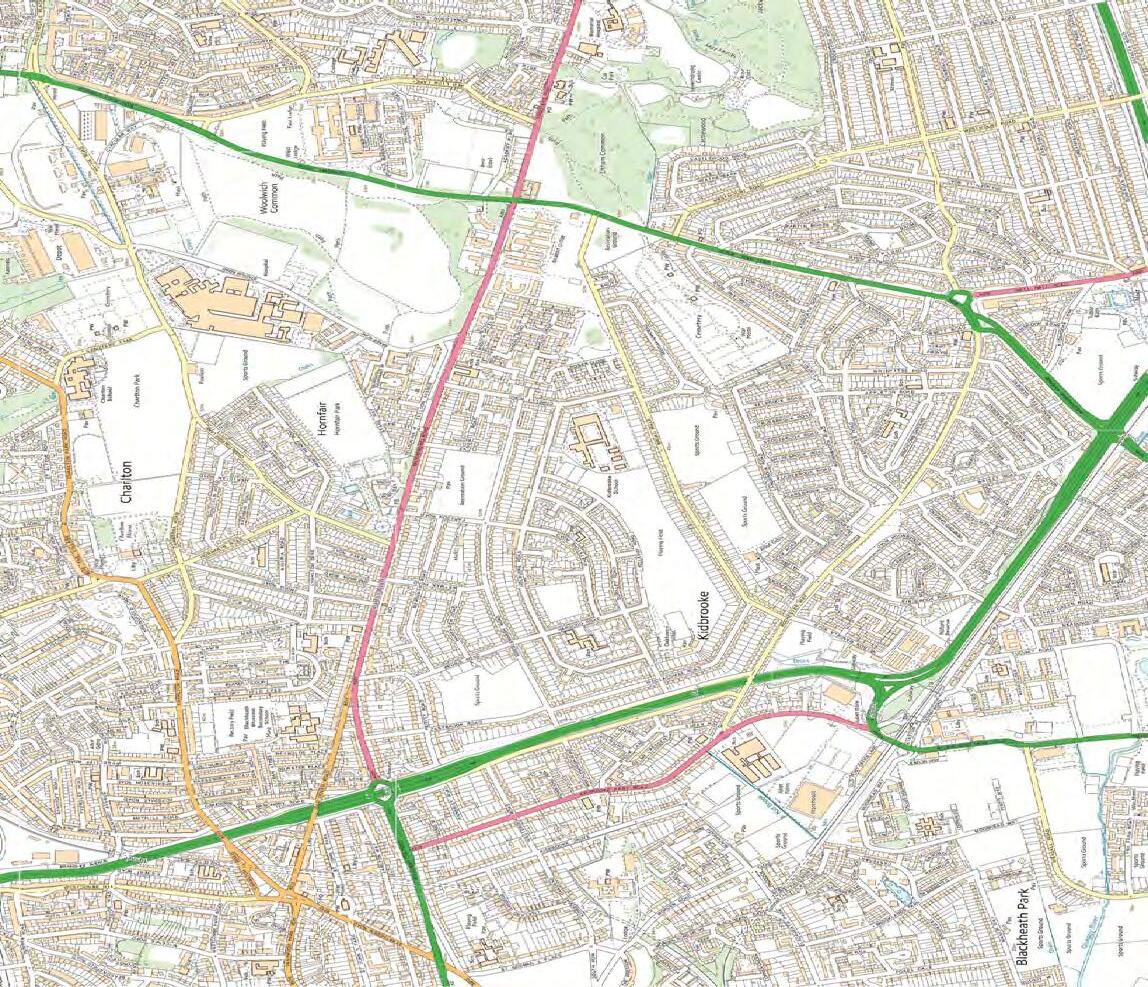


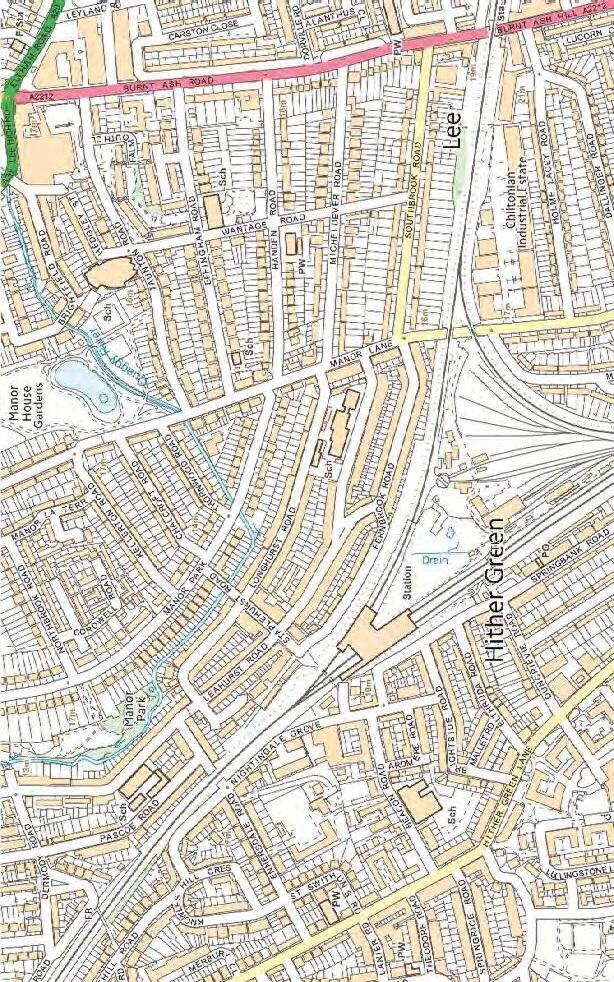
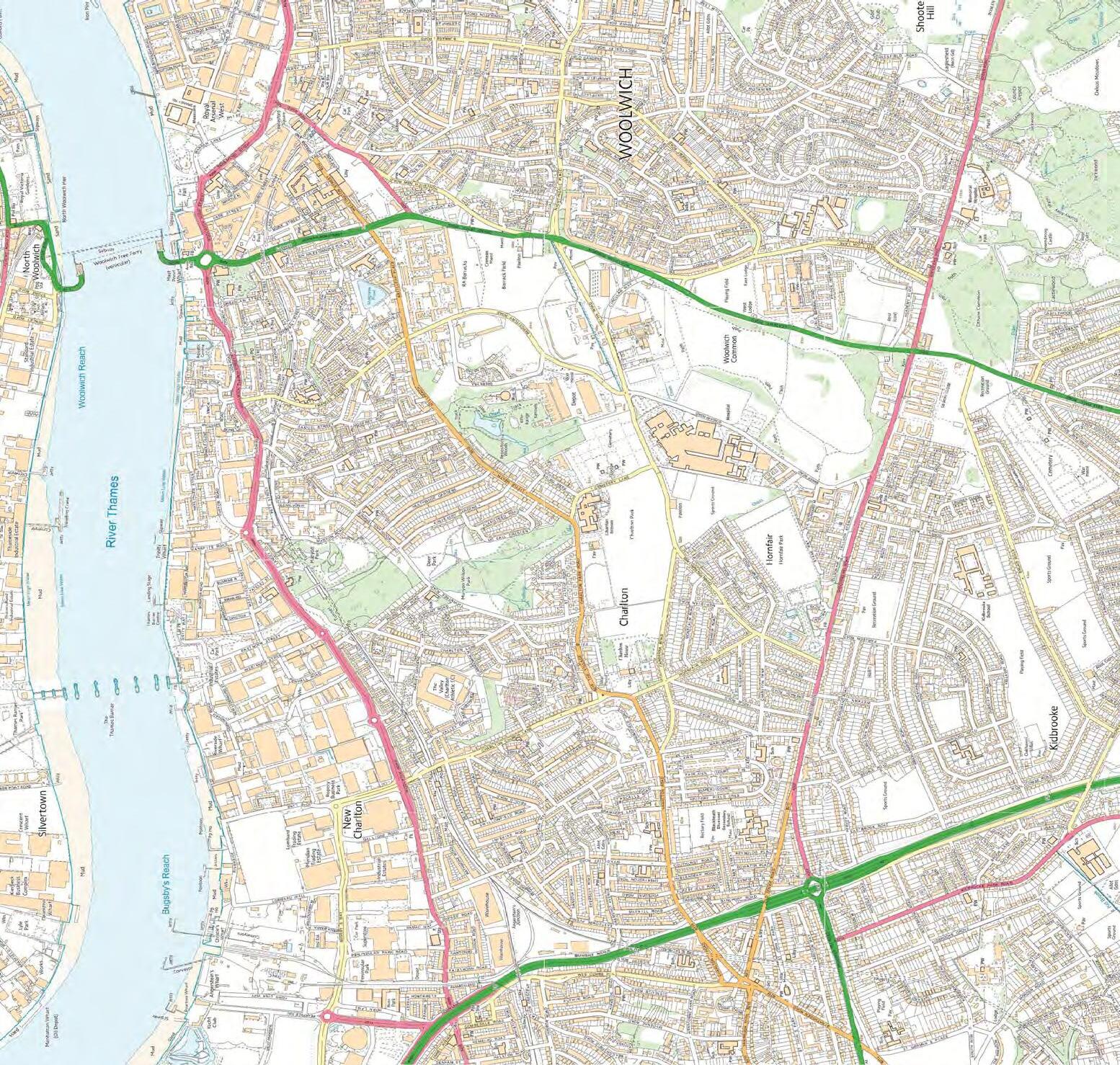

SECTION ONE: Your household and motor vehicle use
Household cars and motor vehicle use
Parking for residents and businesses
Electric vehicle hire and usage
SECTION TWO: Getting around the borough and your local area
Getting around your area and the borough
Car clubs and cycle and car hire
SECTION THREE: Improving the environment
Planting, air quality and noise pollution
Street trees and drainage

1. How many cars or motor vehicles does your household use?
(Definition: A motor vehicle is a motorised vehicle used for transporting people or cargo on roads).
We want to reduce the number of car journeys in the borough and encourage more people to walk, cycle or use public transport.
Forty-three per cent of households in the borough have no cars or vans. If you have a vehicle we’d like to know how you use it and what you think about parking. While some residents may find it easy to park on their street, others have trouble, especially those that live on roads close to train stations, event venues, visitor attractions or high streets and shopping districts.
Please help us shape the future of Sustainable Streets by taking a few minutes to answer the questions below.
2. What modes of t ransport do you most commonly use when travelling around the borough?
Please select all that apply:
Car B us Cycle
Walk Train (Including both Transport for London and National Rail Services)
Other comments
Your full address including house or flat number, street and postcode is required.
This is used for geographical analysis only and will not be used to identify or contact you Flat No.
3. Where do you park your car and other motor vehicle(s) when not in use?
Parking options:
In a garage
On a private driveway
Off-street, in a private parking area
On-street, outside my home
On-street, away from my home
I do not own a motor vehicle
Add something else
4. Do you experience any of the following parking related problems in the road where you live?
Select one or more options
Location related concerns:
Parking due to nearby station or transport hub (commuters)
Displacement from nearby permit parking areas
Parking due to nearby school
Parking due to nearby sports arena or recreation facility
Parking due to nearby community
facility (community centre, place of worship etc)
Parking due to nearby shopping, commercial or industrial area
Parking due to nearby tourist attraction
Public realm related concerns
Obstruction to footway caused by footway parking
Parking too close to junctions
Properties with multiple vehicles
Use of bins (or other objects) to reserve parking space
I do not experience any parking problems on my road
Add something else
5. Do you own or use an electric vehicle (fully electric or hybrid)?
Select one option
Yes No I do not drive
6. How much do you agree with the statement: “I would consider owning an electric vehicle”
Select one option
Strongly agree Agree Neither agree nor disagree
Disagree Strongly disagree Other comments
Help us better understand what forms of transport you use, owned or hired, and your experiences of getting around the borough and your local area and how safe you feel while doing so. We want to encourage and help more people to switch to more environmentally friendly vehicles for essential journeys. The questions below will help us understand what we can do to help residents make the switch to electric vehicles.
7. I f you do not currently own or use an electric vehicle, what is currently preventing you from doing so? (fully electric or hybrid)
Select one or more options
I cannot afford to run an electric vehicle
I cannot afford to purchase an electric vehicle
Lack of access to charge points at or near my home
I do not drive
Add something else
8. Do you experience any of the following traffic or road safety problems in the road where you live?
Select one or more options
Speeding traffic
Excessive traffic
Obstruction or limited access for public service vehicles (waste collection vehicles etc)
Obstruction or limited access for bus services
Obstruction or limited access for delivery vehicles
Obstruction, limited access or poor visibility at junctions
Lack of safe crossing points
I do not experience any traffic or road safety issues on my road
Other comments
Our aim is to increase cycle hire schemes by providing dedicated parking bays aligning to our Transport Strategy. This will help promote sustainable transport options to cars users, and the scheme will help those without bicycles or unable to store them within their own property.
9. How often do you cycle?
Select one option
Everyday
One to three time a week
Once a week
A few times a month
Less than six times a year
Never
10. I f you do not cycle, please give your reasons?
Select one or more options
Not enough space at home to store a bike
No secure cycle storage facilities near to my home
A lack of safe cycle routes near to my home
No cycle hire facilities near to my home
I am unable to cycle
I have no interest in cycling
11. I f you own and use your own bike, where do you store it when not in use?
Select one option
At my own home or place of work
Outside or near my home, or place of work, secured to a gate, fence etc
Outside or near my home, or place of work, in a cycle stand
Outside or near my home, or place of work, in a lockable c ycle store
12. How often do you use a cycle hire scheme?
Select one option
Frequently Occasionally
Never
13. What would encourage you to use a cycle hire sc heme or use that sc heme more frequently?
More affordable options
Training to drive a regular bike or an electric bike
Better roads and cycle routes to use I prefer to use my own bike
I have no interest in a cycle hire scheme
14. Are you a member of a c ar club?
Select one option
Yes No
15. I f you are not currently a member of a c ar club, what would encourage you to join a car club?
Select one option
Better access to a car club near my home.
More affordable options for car clubs
Varied options for car club vehicle types including electric and fuel options
None: I prefer using my own car
I do not drive
Other, please specify
Street trees help provide shade, and tackle air pollution. They reduce solar radiation, heat, carbon dioxide levels, and noise pollution. Tree canopies absorb CO2 and act as sound barriers, reducing traffic noise and reducing overall noise pollution.
Sustainable Urban Drainage Systems (SuDS) mimic nature by managing rainfall close to the source, storing surface water, and allowing some to soak back into the ground. SuDS installations also improve air quality, reduce flooding, and increase biodiversity by incorporating specially selected plants and reducing water pollution.
16. Do you think your street would benefit from more trees?
Select one option
Yes No Not sure
17. To what extent do you agree with the statement:
“ Noise pollution and traffic noise is a n issue in my street”?
Select one option
Strongly agree
Agree
Neither agree nor disagree
Disagree
Strongly disagree
18. Thinking about Sustainable Urba n Drainage Systems (SUDs) how much do you agree wit h the statement:
“ Sustainable Urban Dra inage Systems should be considered in my street”?
Select one option
Strongly agree
Agree
Neither agree nor disagree
Disagree
Strongly disagree
Something else
For each of the following options, please list the street name and location and what you would like to say about them. You can use extra sheets of paper if you run out of space. Alternatively, this can be completed online using our interactive map at royalgreenwich.gov.uk/sustainable-streets
Electric vehicle charge points:
Car clubs:
Traffic/speeding
Obstructions:
parking: Street trees:
Safer road crossing points:
Sustainable Urban Drainage:
Cycling/cycle parking/cycle hire:
If you have any other traffic or parking related comments or concerns, that are not covered by this questionnaire, we welcome you to fill in the comments box below.
Collecting demographic data is important for various reasons. It helps us identify any inequalities in services and activities that you and the community have access to. Demographic data also helps us to ensure that information we collect is representative of an area or the borough.
As a public body, we must ensure we eliminate discrimination, encourage equality of opportunity, and foster good relations between different people when carrying out our duties and take action to ensure all residents enjoy living in the Royal Borough of Greenwich.
British only identity
English only identity
English and British only identity
Welsh only identity
Welsh and British only identity
Any other combination of only
UK identities
Non-UK identity only
UK identity and non-UK identity
Prefer not to say
Aged 16 to 19 years
Aged 20 to 24 years
Aged 25 to 34 years
Aged 35 to 49 years
Aged 50 to 64 years
Aged 65 to 74 years
Aged 75 to 84 years
Aged 85 years and over
Prefer not to say
3. Et hnicity
sian Chinese
A sian Pakistani
A sian Other
B lack African
B lack Caribbean
B lack Other
Other Arab
Other Any other
Prefer not to say
4. Sex Male Female
Prefer not to say
5. Gender identit y
Gender identity the same as sex registered at birth
Gender identity different from sex registered at birth but no specific identity given
Trans woman
Trans man
Non-binary
All other gender identities
Prefer not to say
6. Sexua l orientation
Straight or Heterosexual
Gay or Lesbian
Bisexual
Pansexual
Asexual
All other sexual orientations
Prefer not to say
7. Legal partnership status
Never married and never registered a civil partnership
Married or in a registered civil partnership
Separated, but still legally married or still legally in a civil partnership
Divorced or civil partnership
dissolved
Widowed or surviving civil partnership partner
Prefer not to say
8. Economic activit y status
Economically active (excluding full-time students)
In employment
Unemployed
Economically active and a full-time student
Economically inactive
Retired
Student
Looking after home or family
Long-term sick or disabled
Other
Prefer not to say
9. Are you a parent / carer of a child/children aged under 18?
Are you a parent / carer of a child / young person aged under 25 with special education needs and / or disabilities)?
Does the child / young person live with you all the time some of the time (eg alternate weeks / weekends)
Do you have carer responsibilities for someone aged over 25?
10. Hea lth and disability
Do you consider yourself to have a disability / long herm health condition?
Day-to-day activities limited a lot
Day-to-day activities limited a little
Have long term physical or mental health condition but day-to-day activities are not limited
No long term physical or mental health conditions
Prefer not to say
11. La nguage (Language/s spoken at home)
We would be happy to provide support for residents whose primary language spoken at home is not English and when you would like this support.
Please provide your main language spoken at home if not English
Prefer not to say
12. What is your connection to Royal Greenwich? (tick all that apply)
I live here
I work here
I work for a third sector organisation (voluntary, c ommunity group or charity)
I own a business here
I do my shopping here
I study here
My children attend a Greenwich school
I commute through here
I come here for play or leisure
Thank you for taking part in this engagement.
If you want to be kept in touch with regarding this engagement, please email consultations@royalgreenwich.gov.uk
How to return your completed booklet
You can drop this in by hand to the front desk of The Woolwich Centre or return your completed booklet by post using your own envelope and stamp to the address below.
Royal Borough of Greenwich Transport team The Woolwich Centre, 35 Wellington Street Woolwich, London SE18 6HQ
Printed consultations are also available from the following spaces across the borough where you can also hand back your completed copy.
Thamesmead Health Centre
4 to 5 Thames Reach, Thamesmead SE28 0NY
Blackheath Library, Old Dover Road, Blackheath SE3 7BT
Charlton House Library, Charlton House, Charlton Road SE7 8RE
Plumstead Centre Library, 232 Plumstead High Street, SE18 1JL
Woolwich Library, The Woolwich Centre, 35 Wellington Street, Woolwich SE18 6HQ
Slade Centre Library, Erindale, Plumstead SE18 2QQ
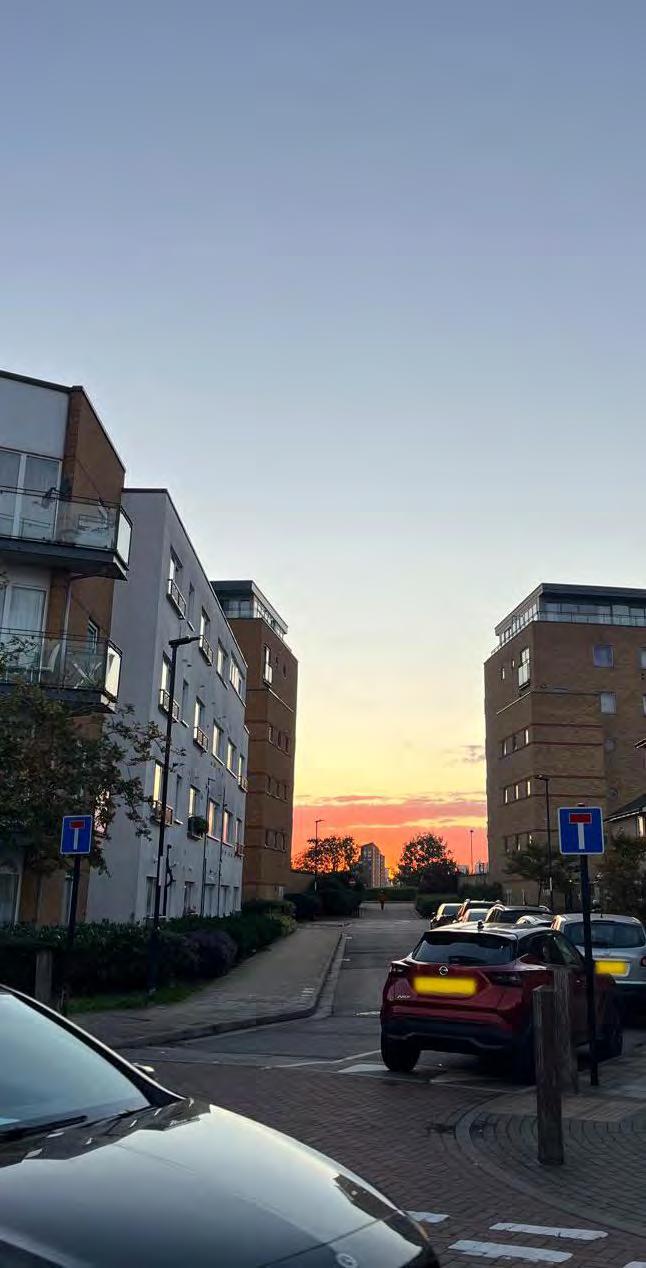
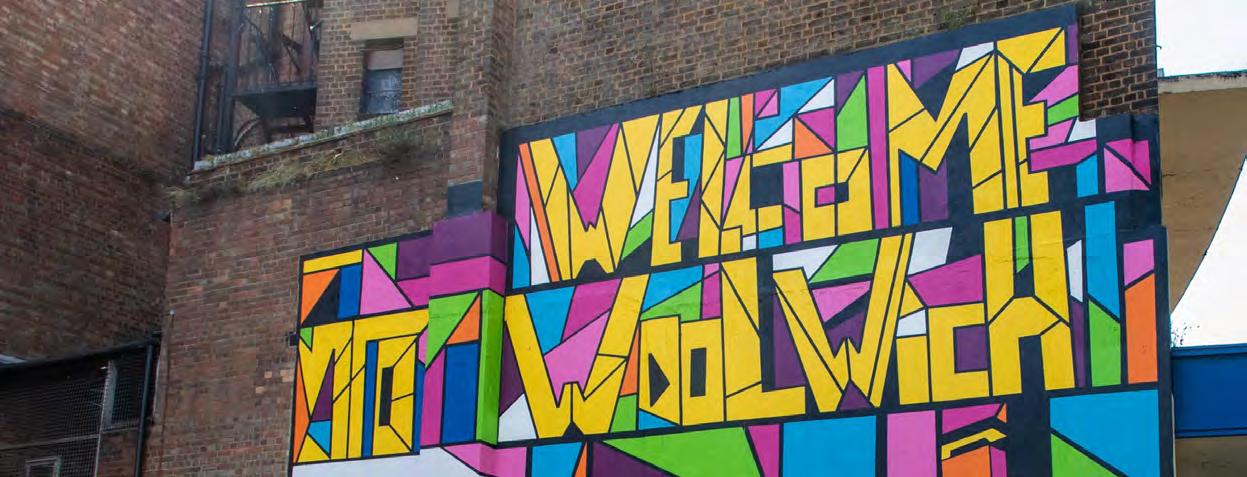
Translation
Please contact Royal Greenwich Interpreting Service if you need this booklet translated for you.
Telephone: 020 8921 3928
Email:
interpreting@royalgreenwich.gov.uk
Traducere
Vă rugăm să contactați Serviciul de Interpretare al Consiliului Local Greenwich dacă aveți nevoie de traducerea acestei broșuri;
Telefon: 020 8921 3928
Adresa de e-mail: interpreting@royalgreenwich.gov.uk
Traducción
Póngase en contacto con el Servicio de Interpretación de Royal Greenwich si necesita que le traduzcan este folleto; Teléfono: 020 8921 3928
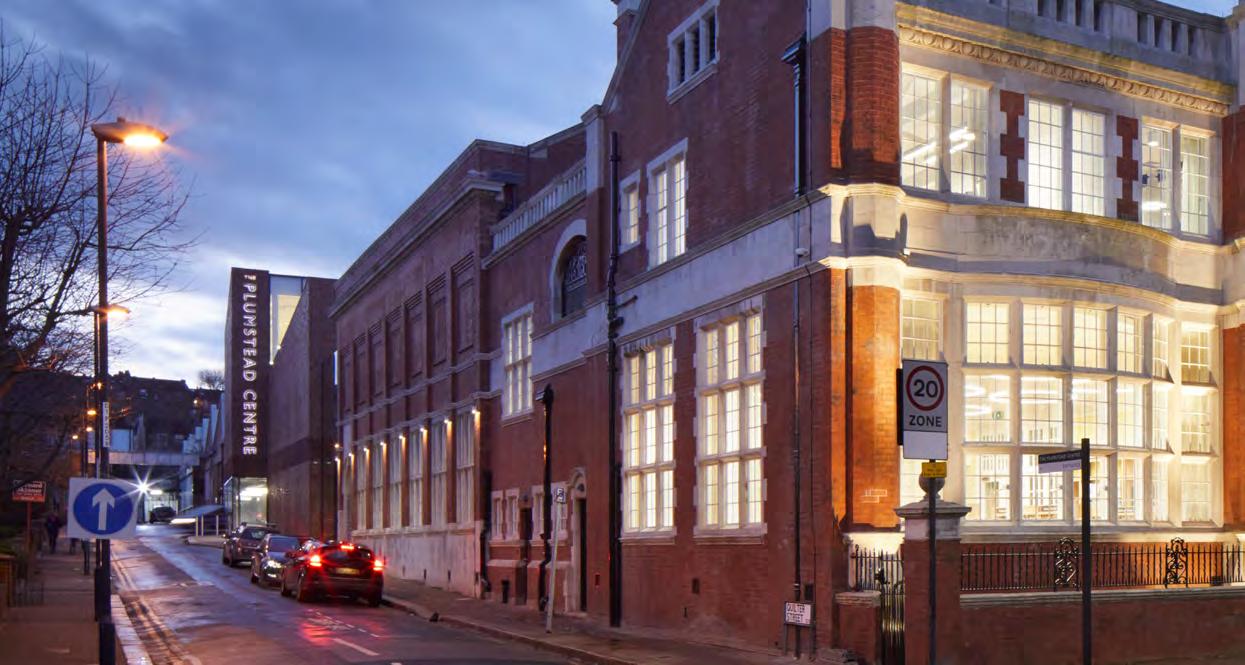
interpreting@royalgreenwich.gov.uk
Correo electrónico: interpreting@royalgreenwich.gov.uk
